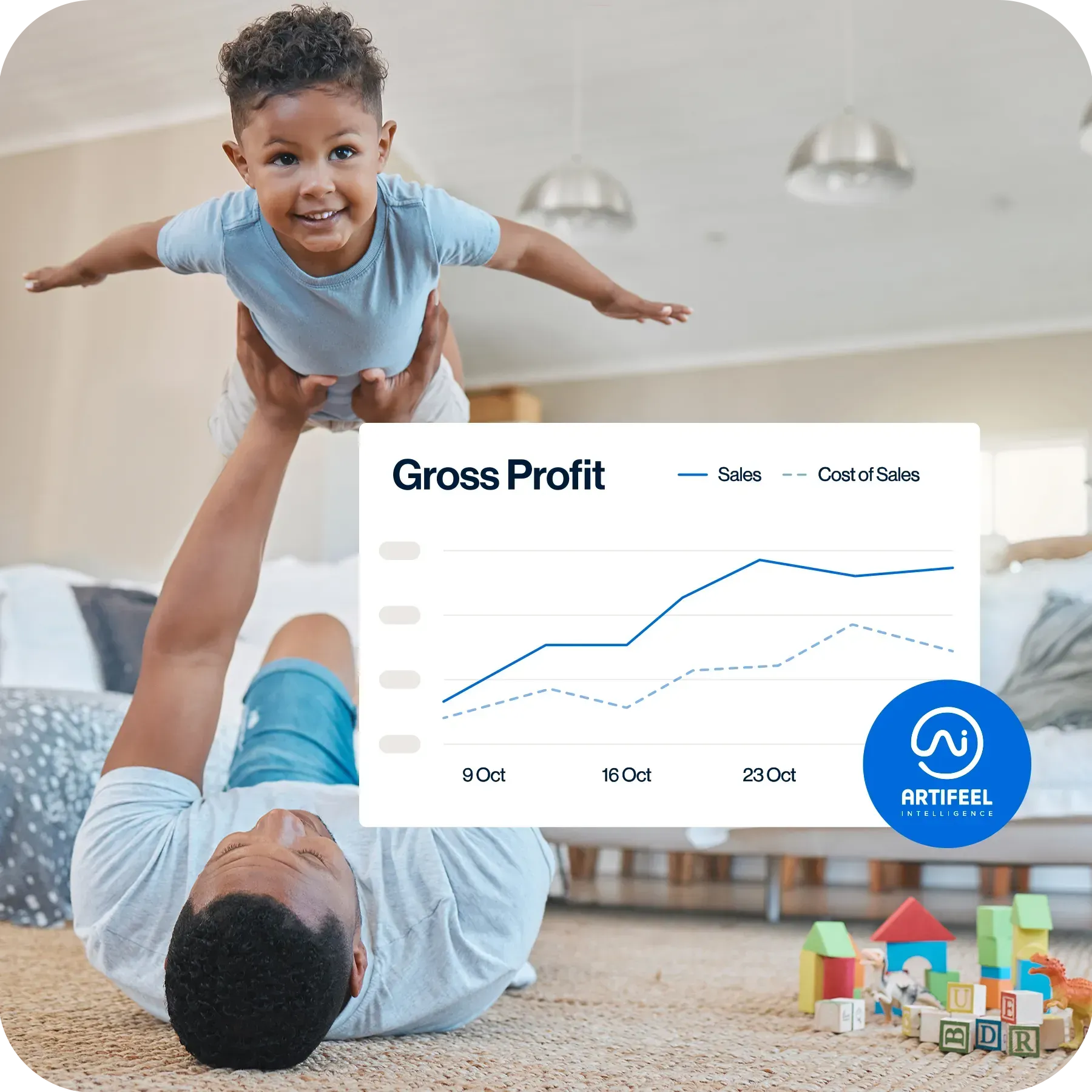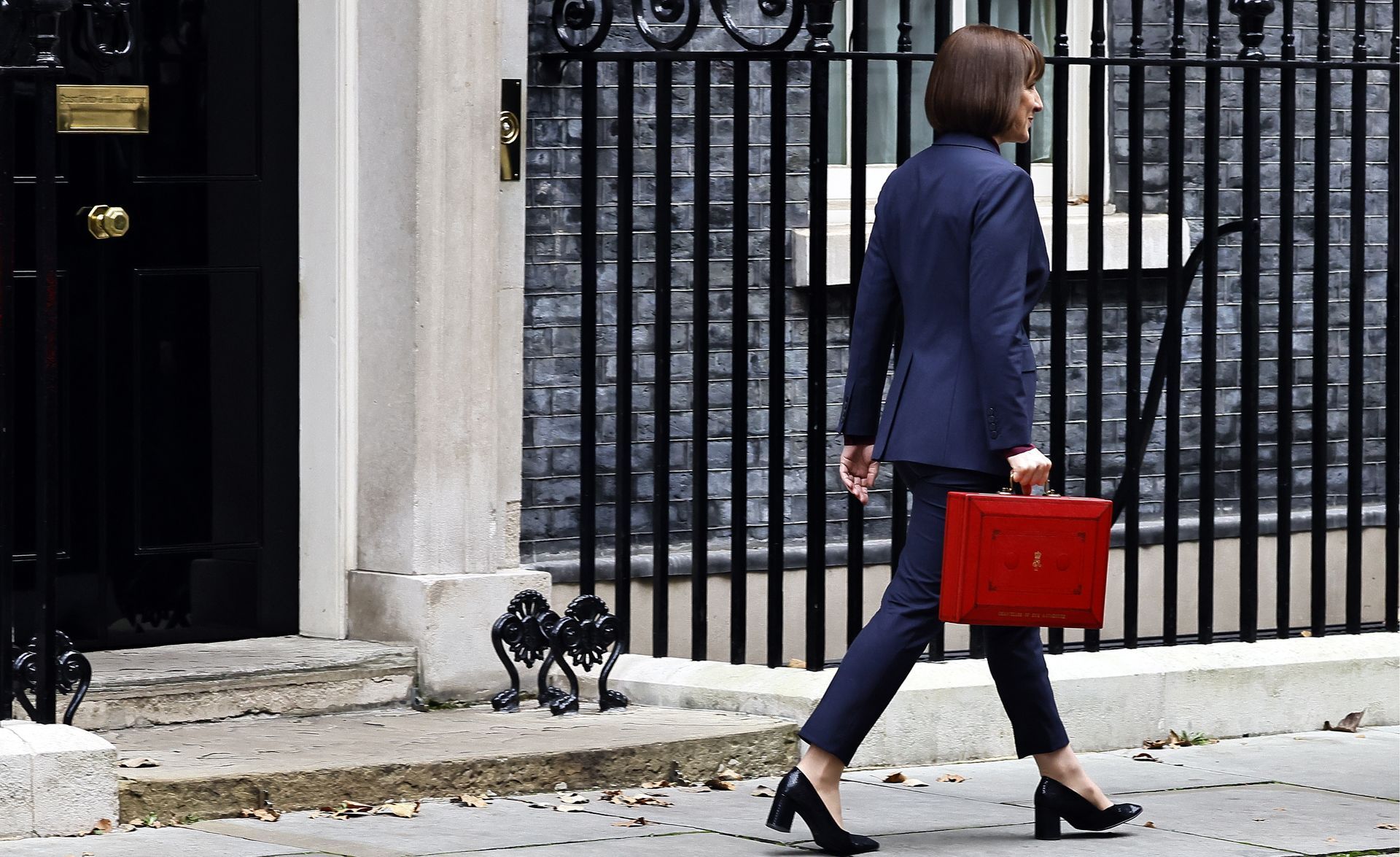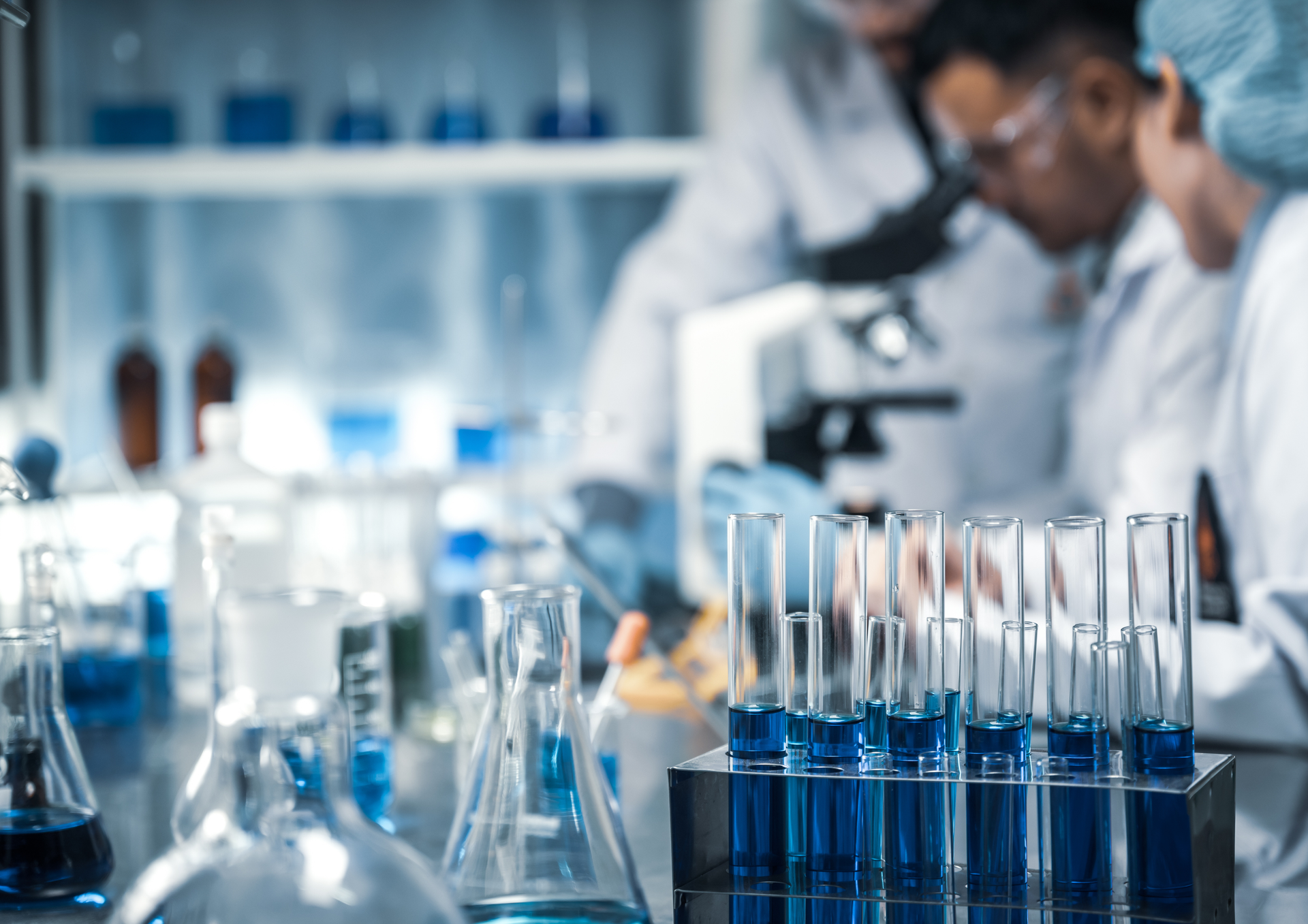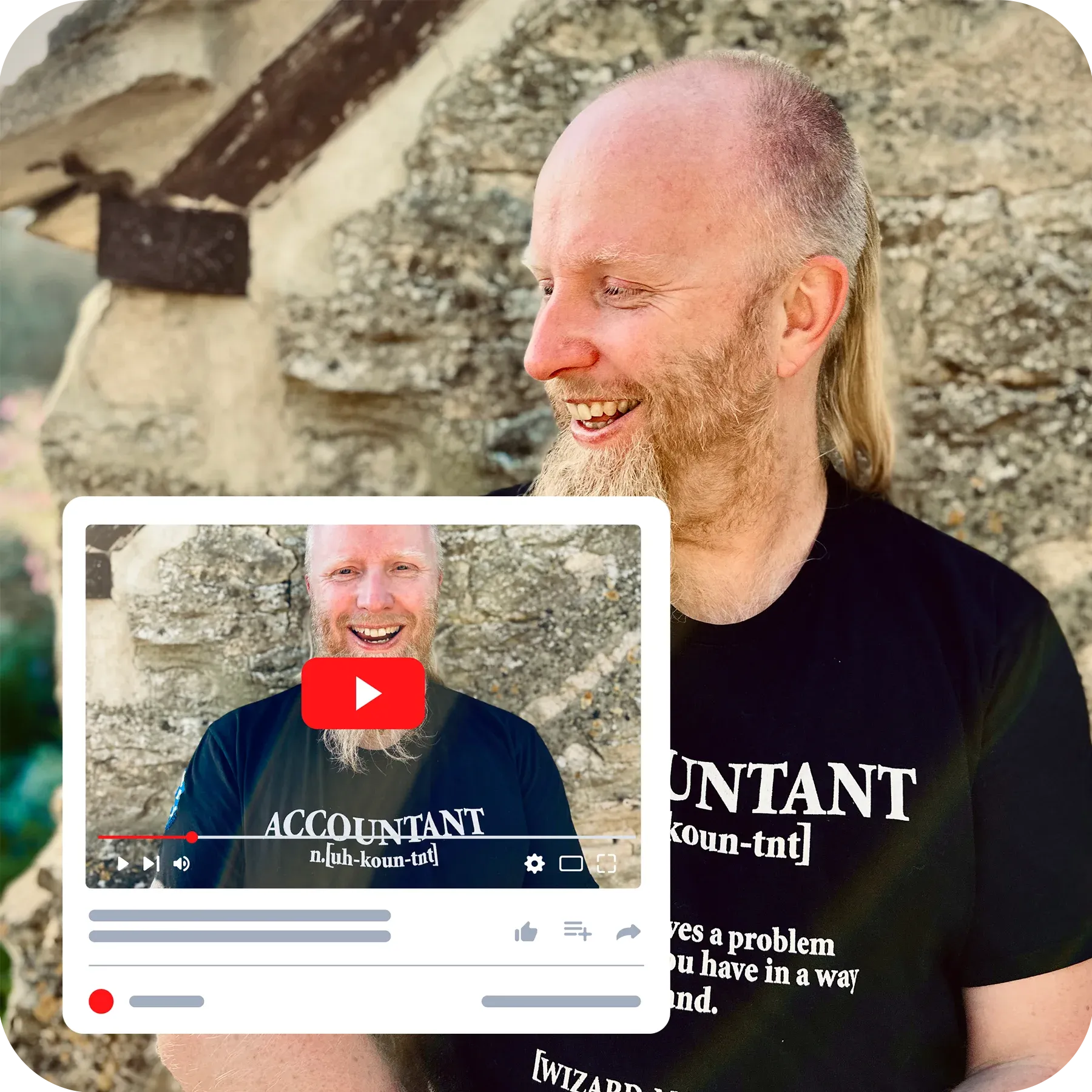By Pat van Aalst
•
November 27, 2025
Autumn Budget 2025: What You Actually Need to Know The Chancellor has delivered the Autumn Budget — and as expected, it’s a mix of tax rises, frozen thresholds and targeted support . There’s a lot of noise around any Budget, but here’s the bit that matters: The Government needs to raise money , and this year’s strategy is to do it quietly — mostly through freezes, tweaks, and changes that won’t hit the headlines, but will hit your pocket. Below is my straightforward breakdown of what’s changed, why it matters, and how it could affect you or your business. The Big Picture: What’s Going On? The UK’s finances are under serious pressure. Public borrowing is high, inflation’s still sticky, and growth is slower than expected. The Office for Budget Responsibility (OBR) is now expecting average growth of 1.5% from 2026–2029 , lower than earlier forecasts, thanks to weaker productivity and global uncertainty. Inflation is expected to settle back to 2% by 2027 , but in the meantime, households and businesses still feel stretched. To shore things up, the Chancellor has turned to the same toolbox we’ve seen for a few years now: Freeze tax thresholds (so people drift into higher tax bands) Tweak investment and business rules Increase taxes on assets and wealth Offer targeted support where pressure is highest Debt is still expected to rise to 96% of GDP by 2030 , but the official forecast shows a slow recovery ahead — if everything goes to plan. Key Business Changes Business Rates From April 2026: Retail, hospitality and leisure properties get 5p lower business rates multipliers Higher-value commercial properties (over £500,000 RV) see their multiplier increase This is good news for the sectors that have been struggling most since the pandemic. Employer National Insurance The employer NI threshold stays frozen at £5,000 until 2031 . That means: Employers continue paying 15% NI on earnings above this low threshold Employment Allowance helps small businesses soften the blow Larger employers continue facing higher payroll costs Corporation Tax & Capital Allowances Main corporation tax rate stays at 25% Full expensing continues for brand-new qualifying plant and machinery BUT: A new 40% first-year allowance arrives from Jan 2026 Main writing-down allowance falls from 18% → 14% in April 2026 This makes long-term investment slightly more expensive unless the spend qualifies for full expensing. Support for SMEs Small Business Rates Relief (SBRR) grace period extended by two years when a business adds a second property EMI share option scheme expands from April 2026 (up to 500 employees and £120m assets ) Venture Capital Trust (VCT) & EIS limits rise (but VCT tax relief drops from 30% → 20%) Sector Funding £14.5m for industrial development in Grangemouth Continued investment in clean energy, manufacturing and advanced tech EVs and charge points remain fully tax-deductible until March 2027 EV-only forecourts and chargepoints get 10-year business rates relief Other Notable Business Measures Low-value import duty exemption scrapped by March 2029 Online gambling tax rises sharply (casino duty to 40% in 2026) VAT loophole for some ride-hailing platforms closes Jan 2026 E-invoicing becomes mandatory for VAT-registered B2B sales from April 2029 Mileage-based tax for EVs coming in 2028 (3p per mile for EVs) Key Personal Tax Changes Income Tax Threshold Freeze The personal allowance (£12,570) and higher-rate threshold (£50,270) stay frozen through to the 2030/31 tax year . As wages rise, more people drift into higher bands – classic fiscal drag. By 2029/30: 780,000 more people will pay basic-rate tax 920,000 more will pay higher-rate tax 4,000 more will fall into the additional-rate band This is fiscal drag at work — not a rate rise, but you pay more tax anyway. New Property Income Tax Rates (from April 2027) 22% (basic rate band) 42% (higher rate) 47% (additional rate) This affects landlords directly — now separated from the main income tax rates for the first time. ISA Rule Change (from April 2027) Annual limit stays at £20,000 , but: Max £12,000 in Cash ISA Remaining £8,000 must go into Stocks & Shares ISA Designed to push people toward investment over cash savings. Capital Gains Tax (CGT) Adjustments CGT relief for Employee Ownership Trusts drops from 100% → 50% in Nov 2025 From April 2026, BADR and Investors’ Relief gains taxed at 18% (not previous lower rates) Business owners planning an exit need to pay attention to these dates. Higher taxes on dividends, savings and property income The Government is quietly turning the screw on income from assets. Dividends : from April 2026, the basic-rate dividend tax goes from 8.75% to 10.75% , and the higher-rate from 33.75% to 35.75% . The additional rate stays at 39.35% . The £500 dividend allowance is unchanged, so this only hits dividends above that, and only outside ISAs and pensions. Savings interest : from April 2027, savings income tax rates rise to 22% / 42% / 47% (basic / higher / additional). Personal savings allowances still apply, but more people will drift over them. Property income : as flagged earlier, rental profits will be taxed at 22% / 42% / 47% from April 2027, in their own banded system separate from your salary. If you take a lot of income as dividends, have sizeable savings outside ISAs, or own rental property personally, it’s worth modelling the numbers ahead of these dates. Temporary non-residence – tougher rules for company owners There’s a targeted change for people who leave the UK for a short spell and then return. The temporary non-residence rules (TNR) are designed to stop people stepping outside the UK for a few years just to take large dividends tax-free. From 6 April 2026 : All dividends and other distributions from a UK close company taken while you’re temporarily non-resident can fall back into UK tax if you return within five years – not just those linked to “pre-departure” profits. Where you’ve already paid tax on those dividends overseas, there will be scope to claim credit so you’re not taxed twice (subject to treaty rules). If you own a family or owner-managed company and are thinking of moving abroad for a few years, don’t assume you can extract profits tax-free while away – get advice before you move money out of the company. National Minimum & Living Wage (from April 2026) £12.71/hr for 21+ £10.85/hr for 18–20 £8.00/hr for 16–17 and apprentices Voluntary NI contributions while abroad From 6 April 2026 , people topping up their UK state pension while living overseas will no longer be able to use the cheaper voluntary Class 2 route for future years abroad. Only Class 3 contributions will be allowed for those periods. To qualify to pay Class 3 for time spent abroad after that date, you’ll generally need either: 10 consecutive years living in the UK, or at least 10 years of paying UK National Insurance. Existing arrangements for periods abroad before 6 April 2026 stay as they are, and HMRC will contact people currently paying Class 2 from overseas with next steps. If you’re planning time abroad and are relying on voluntary NI to protect your state pension, it’s worth checking your record and options early. Pension Salary Sacrifice NI Cap (from April 2029) Only the first £2,000 of pension salary sacrifice gets NI relief. This mainly affects higher earners and owner-managed businesses. High-Value Property Council Tax Surcharge (from 2028) £2,500/yr for £2m–£5m homes £7,500/yr for £5m+ homes Inheritance Tax (IHT) Changes Nil-rate bands frozen until 2031 APR and BPR capped at £1m per person From April 2027, unspent pension pots become part of the IHT estate A major shift for estate and retirement planning. Support for Households Universal Credit two-child limit scrapped (April 2026) Benefits roughly £5,310 per family , helping 560,000 households . PIP changes reversed The Government is no longer tightening eligibility. Extra £3.9bn allocated. Rising disability benefit costs An additional £1.4bn expected as claims and support levels increase. Energy bill support Budget measures should lower CPI inflation by 0.3% in 2026 , easing energy costs slightly. Rail fare freeze For the first time in 30 years , regulated fares won’t rise — saving some commuters £300+ per year. NHS prescription freeze Charges remain at £9.90 per item for 2026/27. Final Thoughts This Budget is exactly what many expected: Taxes are rising — mostly quietly Threshold freezes continue to pull people into higher bands Businesses get a mix of relief and additional obligations Households under pressure receive targeted support If you’re unsure how these changes affect you — whether you're a business owner, landlord, freelancer, or employee — I’m here to walk you through the practical impact. Talk to me about your situation and I’ll help you plan your next steps with clarity.







